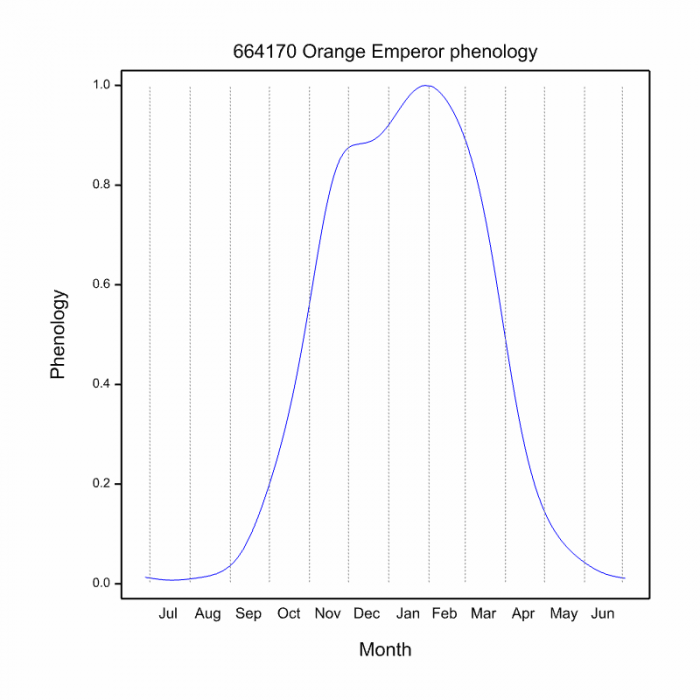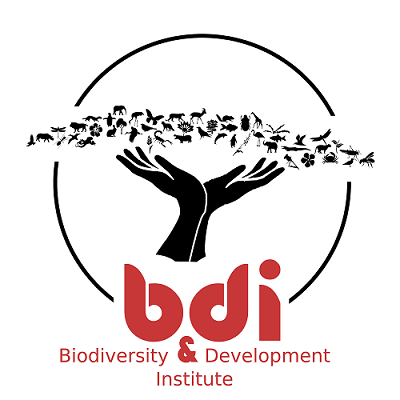View the above photo record (by Kate Braun) in OdonataMAP here.
Find the Orange Emperor in the FBIS database (Freshwater Biodiversity Information System) here.
Family Aeshnidae
Anax speratus – ORANGE EMPEROR
Identification
Very large
Length up to 84mm; Wingspan attains 122mm.
The combination of their large size and distinctive colouration renders both sexes unmistakable.
Males are entirely bright orange, including the eyes and wing veins. Females are similar but have a pale greenish-orange thorax.
Click here for more details on identification.

False Bay, iSimangaliso Wetland Park, KwaZulu-Natal
Photo by Ryan Tippett
Habitat
A species of flowing rivers and streams, often in hilly or mountainous areas. Favours stretches of rivers that are interspersed with pools or rapids.

Photo by Rowan Poortier
Behaviour
Most often seen in flight as they patrol back and forth along a stretch of river. Flies low over the water occasionally darting to tree-top height to intercept prey. When at rest, hangs vertically from a perch. Frequently preys on other dragonfly species.
Most active from October to April, but possibly on the wing year round at some sites. See Phenology below.
Status and Conservation
Anas speratus is common in the Eastern and Southern Parts of South Africa. It is listed as of Least Concern in the IUCN Red List of Threatened Species.
Distribution
Anax speratus is widespread throughout most of Southern, central and East Africa. In South Africa it is restricted to the higher rainfall regions.
Below is a map showing the distribution of records for Orange Emperor in the OdonataMAP database as at February 2020.

The next map below is an imputed map, produced by an interpolation algorithm, which attempts to generate a full distribution map from the partial information in the map above. This map will be improved by the submission of records to the OdonataMAP section of the Virtual Museum.


Ultimately, we will produce a series of maps for all the odonata species in the region. The current algorithm is a new algorithm. The objective is mainly to produce “smoothed” maps that could go into a field guide for odonata. This basic version of the algorithm (as mapped above) does not make use of “explanatory variables” (e.g. altitude, terrain roughness, presence of freshwater — we will be producing maps that take these variables into account soon). Currently, it only makes use of the OdonataMAP records for the species being mapped, as well as all the other records of all other species. The basic maps are “optimistic” and will generally show ranges to be larger than what they probably are.
These maps use the data in the OdonataMAP section of the Virtual Museum, and also the database assembled by the previous JRS funded project, which was led by Professor Michael Samways and Dr KD Dijkstra.
Phenology



